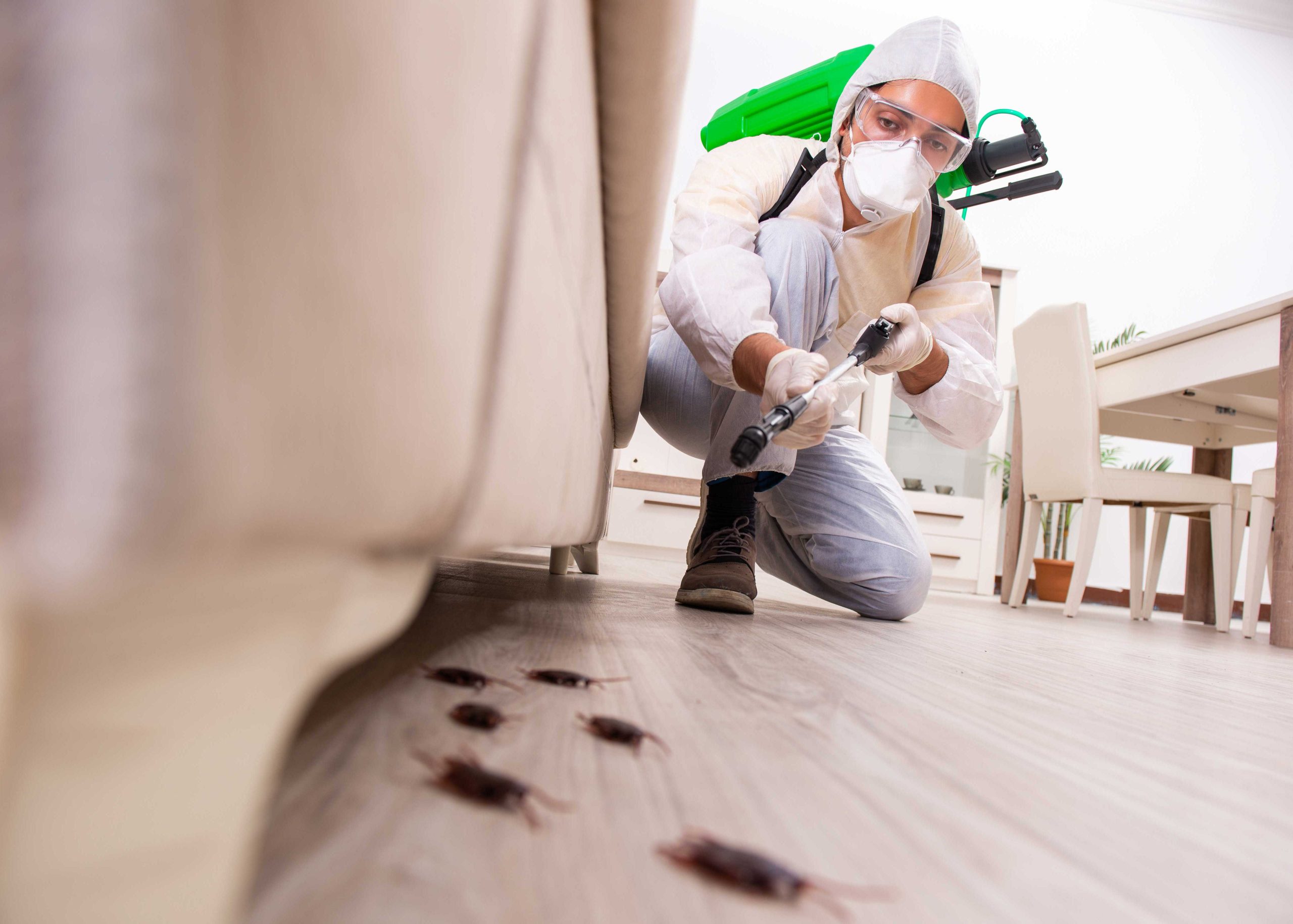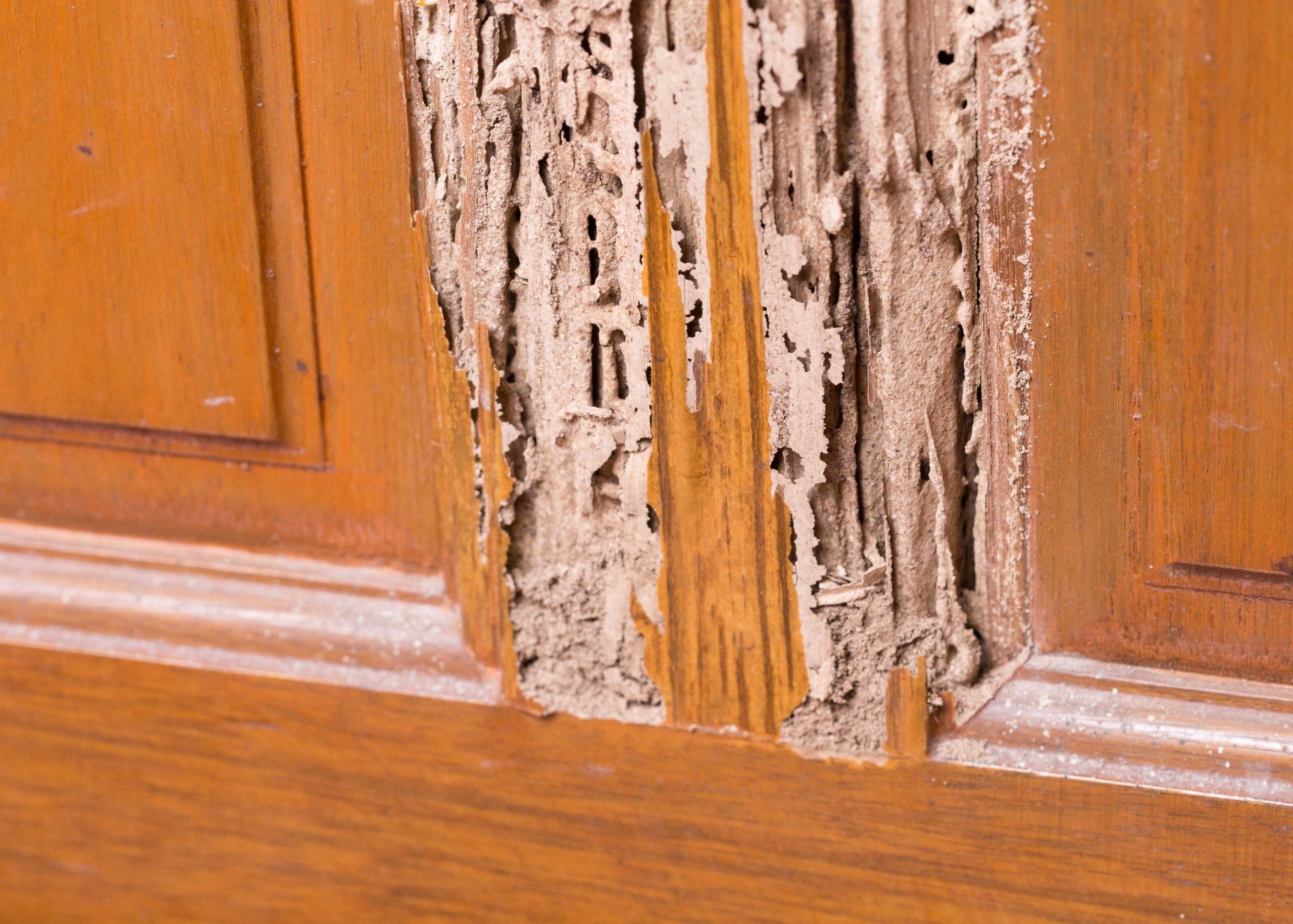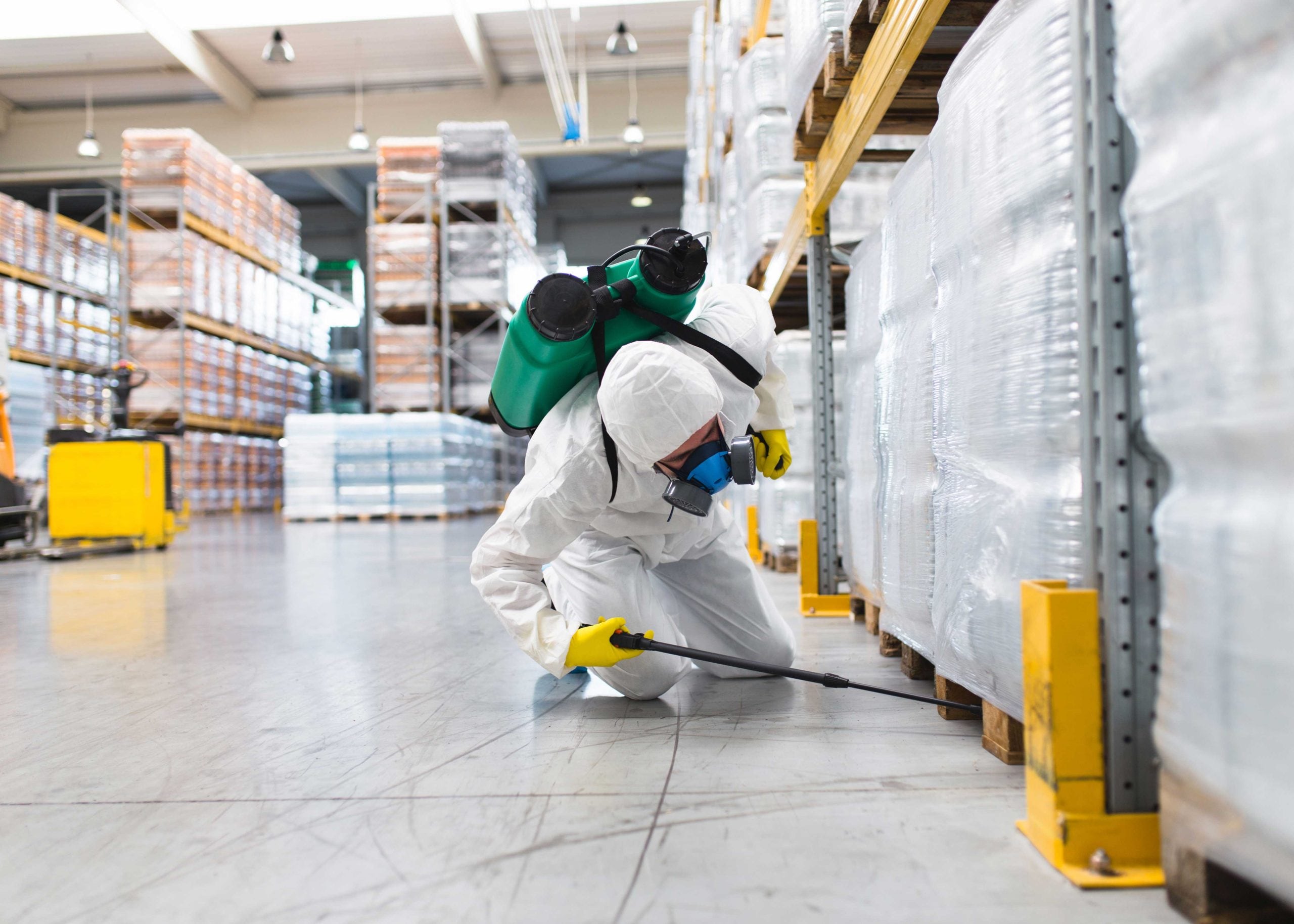Termite inspection professionals ready to serve in Nassau County
Regular termite inspections and removal services for your home are crucial to safeguarding against termite damage. Professional exterminators in Nassau County can provide comprehensive inspections and removal services to ensure your property is termite-free, preventing costly damage and ensuring your peace of mind.
In addition to removing any termite infestations, professional exterminators can also diagnose potential issues before they become major problems. By taking proactive measures to protect your home, you can save money in the long run and avoid costly termite damage.
For homeowners in Nassau County, Florida, investing in professional termite removal services is a smart choice for protecting your home and ensuring your peace of mind. Don’t wait until it’s too late – contact a trusted exterminator in Nassau County today.

Identify these indicators of termite infestation damage

Be on the lookout for…
- Presence of termite wings or bodies in your home or near wooden structures
- Hollow or damaged wood in or around your home
- Termite droppings or frass (tiny pellets) around your home or in your attic
- Buckling or sagging floors, ceilings, or walls
- Sounds of rustling or tapping coming from wooden structures in your home, especially at night
- Moisture damage or water stains on your ceiling or walls, which can indicate a termite infestation above your home
- Visible tunnels or mud tubes on the exterior of your home, which termites use to travel between their nest and food sources.

Frequently used services for termite extermination
Termite inspection: A professional pest control service can inspect your home for signs of termite activity such as mud tubes, discarded wings, and termite droppings.
Soil treatment: Treating the soil around the foundation of your home with a liquid termiticide creates a barrier that prevents termites from entering.
Bait stations: Placing bait stations around your home containing a slow-acting poison that termites carry back to their colony can eliminate the entire termite colony.
Fumigation: In severe cases of termite infestation, fumigation can be necessary. This process involves sealing the home and releasing a gas that kills all the termites within.
Wood treatment: Applying a borate solution to exposed wood can repel and kill termites, protecting against future termite infestations.
Preventative measures: Repairing leaks, removing wood debris from the foundation, and ensuring proper ventilation in the attic and crawl spaces can also help prevent termite infestations in the future.

Obtain a quote for termite extermination services in your area
If you’re searching for a reliable termite removal service, our experienced professionals are here to provide you with quality workmanship and customer satisfaction. Our team offers local estimates for our termite removal services, with no obligation or risk on your part. Our quote accurately reflects the true cost of the service, so you can rest easy knowing that you’re getting an honest and fair deal.
Our team is devoted to ensuring your property is safe and termite-free. Our crew understands that termite removal is a crucial task and strive to give you the peace of mind you deserve. Our experts are dedicated to providing you with the best possible service, so you can trust that your home or business is in good hands.
For quality workmanship and a trustworthy termite removal service, look no further than our team. Our contractors are committed to giving you the best experience possible and ensuring your safety and satisfaction. With our help, you can be sure that your property is protected and free from termites.
Get Your Local EstimateEnsure your home's safety with a termite control professional
1. Contact our team or fill out our local estimate form to get in touch
Need termite removal services? Our local network of experts can help! We make it easy to connect with a professional in your area. All you need to do is call our team or fill out our local estimate form. You won’t be charged until you decide to proceed with one of our trusted professionals. Get top-notch termite removal services today!
2. Connect with a termite extermination expert in Nassau County
Looking for a Nassau County termite removal expert? We’ve got you covered. Filling out our form is a great option if you need to connect with an expert at a later time. If you need help right away, give our team a call. Our experts are ready to provide you with an estimate over the phone. They may also need to conduct some basic termite inspections before giving you an estimate.